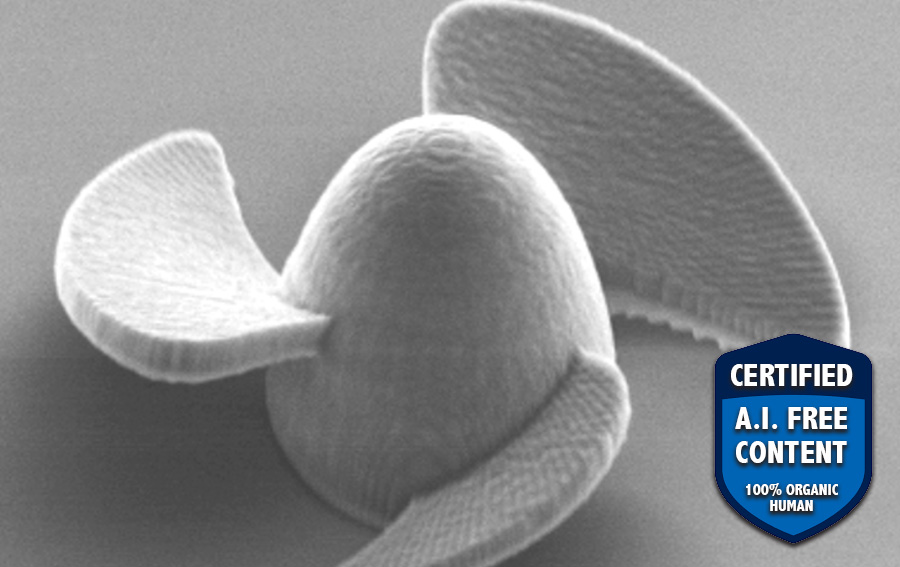
The big news for us is that we can work at these scales and start making and designing useful tools.
We are also developing protocols that can take us much deeper as well. even a self mobile capsule is a winner particularly if the body is able to get rid of it after.
Again ot will also make demands on our imaging tech as well. it is all getting better.
Could Microscopic Medical Robots Travel Through Your Body?
By Daniel Strain
Posted on June 2, 2023
https://atlantisrising.com/2023/06/02/could-microscopic-medical-robots-travel-through-your-body/
Ateam of engineers at the CU Boulder has designed a new class of tiny, self-propelled robots that can zip through liquid at incredible speeds—and may one day even deliver prescription drugs to hard-to-reach places inside the human body.
The researchers describe their mini healthcare providers in a paper published last month in the journal Small.
“Imagine if microrobots could perform certain tasks in the body, such as non-invasive surgeries,” said Jin Lee, lead author of the study and a postdoctoral researcher in the Department of Chemical and Biological Engineering. “Instead of cutting into the patient, we can simply introduce the robots to the body through a pill or an injection, and they would perform the procedure themselves.”
Lee and his colleagues aren’t there yet, but the new research is big step forward for tiny robots.
The group’s microrobots are really small. Each one measures only 20 micrometers wide, several times smaller than the width of a human hair. They’re also really fast, capable of traveling at speeds of about 3 millimeters per second, or roughly 9,000 times their own length per minute. That’s many times faster than a cheetah in relative terms.
They have a lot of potential, too. In the new study, the group deployed fleets of these machines to transport doses of dexamethasone, a common steroid medication, to the bladders of lab mice. The results suggest that microrobots may be a useful tool for treating bladder diseases and other illnesses in people.
“Microscale robots have garnered a lot of excitement in scientific circles, but what makes them interesting to us is that we can design them to perform useful tasks in the body,” said C. Wyatt Shields, a co-author of the new study and assistant professor of chemical and biological engineering.
If that sounds like something ripped from science fiction, that’s because it is. In the classic film Fantastic Voyage, a group of adventurers travels via a shrunken-down submarine into the body of a man in a coma.“The movie was released in 1966. Today, we are living in an era of micrometer- and nanometer-scale robots,” Lee said.
He imagines that, just like in the movie, microrobots could swirl through a person’s blood stream, seeking out targeted areas to treat for various ailments.
The team makes its microrobots out of materials called biocompatible polymers using a technology similar to 3D printing. The machines look a bit like small rockets and come complete with three tiny fins. They also include a little something extra: Each of the robots carries a small bubble of trapped air, similar to what happens when you dunk a glass upside-down in water. If you expose the machines to an acoustic field, like the kind used in ultrasound, the bubbles will begin to vibrate wildly, pushing water away and shooting the robots forward.
No comments:
Post a Comment